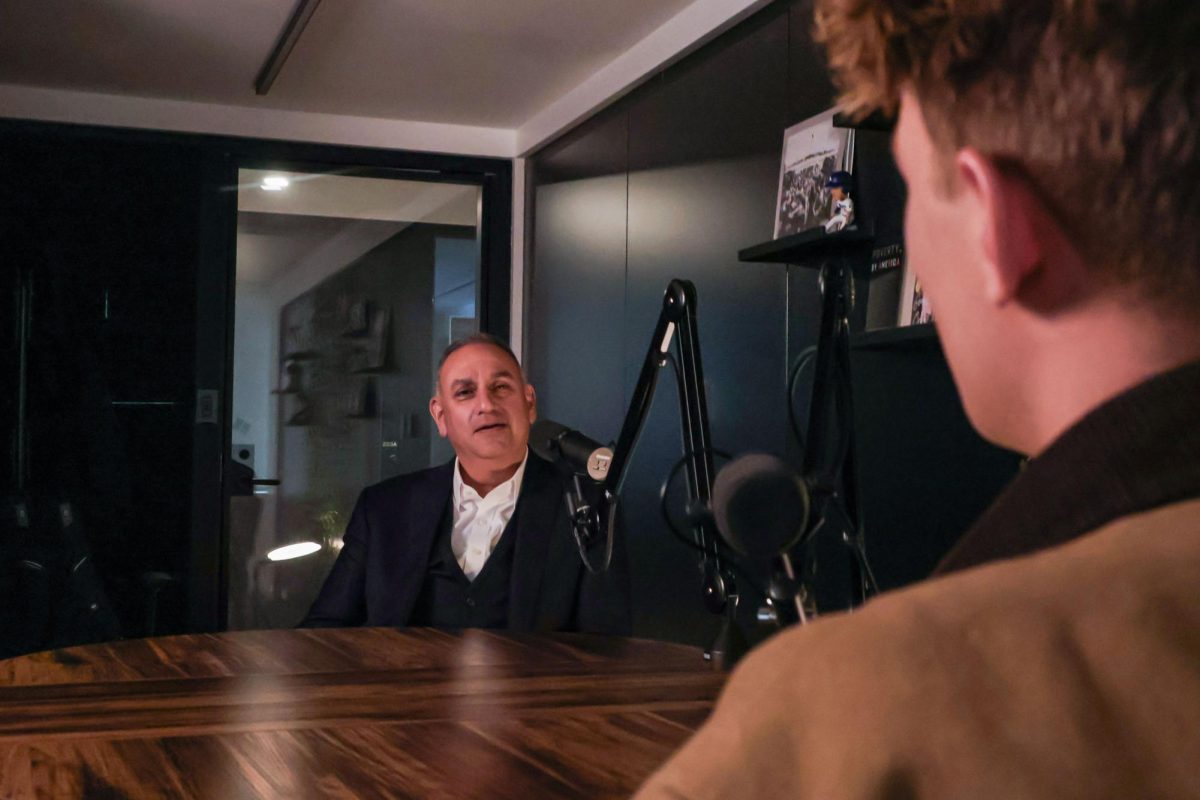A group of Black student-athletes is banding together to build community on and off campus.
Since registering on GW Engage in November, the Black Student-Athlete Alliance has held events like fundraisers for D.C. nonprofits and four student body meetings for Black student-athletes. Executive board members said the organization will hold events like professional development discussion panels to support each other in GW’s predominately White athletic department and advise the department’s ongoing diversity and inclusion efforts.
Black Student-Athlete Alliance President Alexis Williams, a senior on the women’s soccer team, said the student organization formed in September in response to the summer’s Black Lives Matter protests and a call for amplifying Black individuals’ voices. She said the organization should have been made “a long time ago” to combat the lack of representation some Black students have felt in GW’s athletic department.
In addition to its student leadership, BSAA is led by head women’s tennis coach Torrie Browning and Administrative Associate Shatara Stokes, both of whom will be able to connect the students to officials about topics like diversity recruitment.
“We should be able to come together, create a group and solidify unity but also speak on important issues because there aren’t that many Black athletes in the athletic department or even at this school,” Williams said.
Williams said the organization’s secretary, sophomore Maya White, will represent the group in a panel discussion this month, hosted by the Black Pre-Law Student Association, to discuss Black students’ advocacy efforts. The event is a part of the Black Heritage Celebration.
BSAA teamed up with the GW Sports Business Association last week to host a separate BHC event, a panel discussion called “Black Is More Than A Player.” The event featured Black professionals and former athletes who shared their experience pursuing their career in the sports industry as a minority.
She said the athletic department has been supportive of the organization by spreading awareness of the group via their website and word of mouth to teams and coaches to recruit more members. The athletic department painted a raised fist and “BLM” on the Smith Center hardwood court last semester in support of Black lives and a “commitment” to educating people about the plight of Black Americans.
“The good thing is that we are in the athletic department, and we are a community,” Williams said. “We’re able to connect with all the coaches and ask to make sure they are spreading the word out and reaching out to different teams. And members that we already have reach out to the freshmen and transfer students.”
Sophomore Melody Williams, the public relations manager of BSAA and a member of the women’s volleyball team, said at least 15 students attended the group’s first general body meeting in November to discuss the organization’s goals. She said a “major component” of the group’s mission is to build a community where students can have conversations about topics relevant to the BLM movement and their personal experiences as a student-athlete.
“I hope members can gain a safe space for them,” Williams said. “This organization is great for Black athletes who may be the only Black person on their team. I just want members to know we are always advocating and supporting them.”
She added that BSAA is working to reach out and support disadvantaged families in the D.C. community. Williams said the organization hosted a virtual fundraiser in December with Georgetown and American universities’ Black Student Athlete coalitions to raise money for GOODProjects, a D.C. homelessness focused nonprofit.
Williams said the team raised more than $1,800 to directly help families and children in three of D.C.’s impoverished neighborhoods receive toys and COVID-19 supplies for the holidays. She said the team is preparing to launch another fundraiser later this month to raise funds for COVID-19 supplies, which they will package and distribute to families in collaboration with the local nonprofit Martha’s Table.
“Outside of Foggy Bottom and the NW area, D.C. has a very large Black population, and I think everyone who goes to GW doesn’t necessarily see that because our institution is a [predominantly White institution], and we are located in and around predominantly White neighborhoods,” Williams said. “Fundraising for organizations that help Black D.C. residents is fundraising for the D.C. community as a whole.”
White, BSAA’s secretary and a student-athlete on the women’s track and field team, said members are eager to promote the group and their voices on campus by collaborating with student organizations like the sports business association and teams in the athletic department. She said the group is not allowed to meet in person even if members are currently on campus but is looking forward to holding in-person meetings next year.
“Being a new org and starting virtually is a challenge because, like Mel said, community is something we emphasize, but it is hard to create a true sense of community over your computer,” White said.








